The awe-inspiring photographs by world famous backpackers and travellers are not achieved in a day. They are a result of lot practical experience and skills set acquired over the time during their backpacking travelling tours.
Be it Justin Mott (justinmott.com), Dave Morrow (davemorrowphotography.com), or Matthew Karsten, (expertvagabond.com), all professional backpackers and travel photographers believe, little hacks and simple tips can bring the best out of a camera. A difference between a newbie and a professional backpack traveller is that the professional does his/her planning in advance and is always ready to take advantage of sudden photography opportunity that may strike while on the go. So for those who love to go places with a backpack and a camera gears, here are 21 tips by best backpackers and travel photographers around the world.
-
Buy the best backpacking equipment in your budget
To begin with, professional backpackers suggest buying a higher quality backpacking gear that lasts longer. Dave Morrow, an adventurer, professional photographer and a trainer, in his blog, writes, ‘experimenting with lower quality gear, then upgrading is much more expensive than buying top of the line gear the first time through.’ So avoid the cheaper options for which you may have to repent later.

-
Use a lightweight camera
 A well-known award-winning couple travellers, Dave and Deb (theplanetd.com), follow the rule of – ‘heavy stuff is best left for the studio or commercial work.’ When on a backpacking trip, most of the time you are carrying your camera around so as not to miss any photo opportunity. Therefore, it is advisable to take along a camera that is light, ergonomically designed, and functional as per your requirement. Compared to heavy DSLR, mirrorless and point-and-shoots are great options for backpack travellers.
A well-known award-winning couple travellers, Dave and Deb (theplanetd.com), follow the rule of – ‘heavy stuff is best left for the studio or commercial work.’ When on a backpacking trip, most of the time you are carrying your camera around so as not to miss any photo opportunity. Therefore, it is advisable to take along a camera that is light, ergonomically designed, and functional as per your requirement. Compared to heavy DSLR, mirrorless and point-and-shoots are great options for backpack travellers.
-
Keep photography gear light

Justin Mott, a famous travel photographer writes in his blog, ‘the lighter you are the more you will bend, twist, climb, etc. and you won’t be weighed down mentally and physically by gear.’ So do not overboard with photography gear and just keep the essentials such as battery charger, multi-plug USB charger, backup batteries, filters, memory cards, camera rain cover, microfiber cloth, extra camera strap and a portable USB external battery charger.
-
Use international travel adapters
 Every country has a different voltage and plug type. International travel adapters ensure you are not stuck with your low battery equipment in a new location. They are available with the voltage and plug types used in multiple countries.
Every country has a different voltage and plug type. International travel adapters ensure you are not stuck with your low battery equipment in a new location. They are available with the voltage and plug types used in multiple countries.
-
Keep spare batteries
Although, you are carrying charging adapters, it is advisable to carry at least two extra batteries. If in the middle of nowhere your camera battery dies you have an immediate backup. To save your battery, ensure you switch off Wi-Fi and Bluetooth of your gadgets, when not using.

-
Use portable tripod
Tripods allow you to take well-composed steady pictures with depth of field. For backpacker travellers, an ideal tripod should be foldable, light weight, and flexible to use in different situations.
-
Carry a travel-friendly laptop
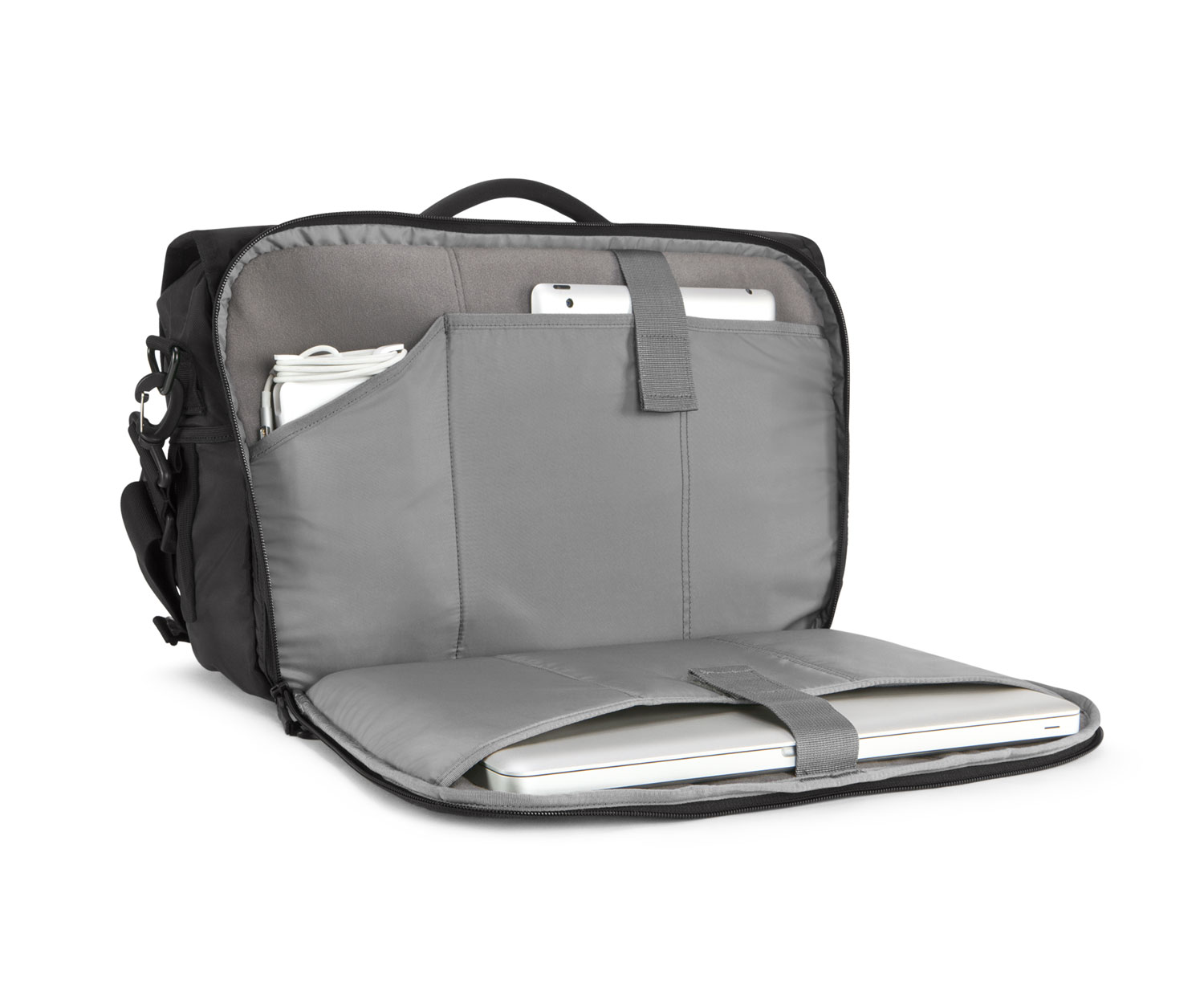
An ideal travel laptop is light-weight with enough drive space to store a large number of photos, audios, and videos. A built-in SD memory card slot and a basic image editing tool is an added advantage. A good laptop for travel should have at least 8-9 hours of battery life.
-
Pack a portable extra hard drive
Photos and videos acquire a lot of space on hard drive. If you are planning to shoot a large number of photos and videos during the trip, an extra hard drive is a valuable asset. The drive also covers for a backup of your shoots during the tour. You cannot afford to lose valuable travel pictures and videos as events and trips cannot be repeated. So, pick a small, light-weight, fast, and reliable SSD.
-
Keep a couple of memory cards
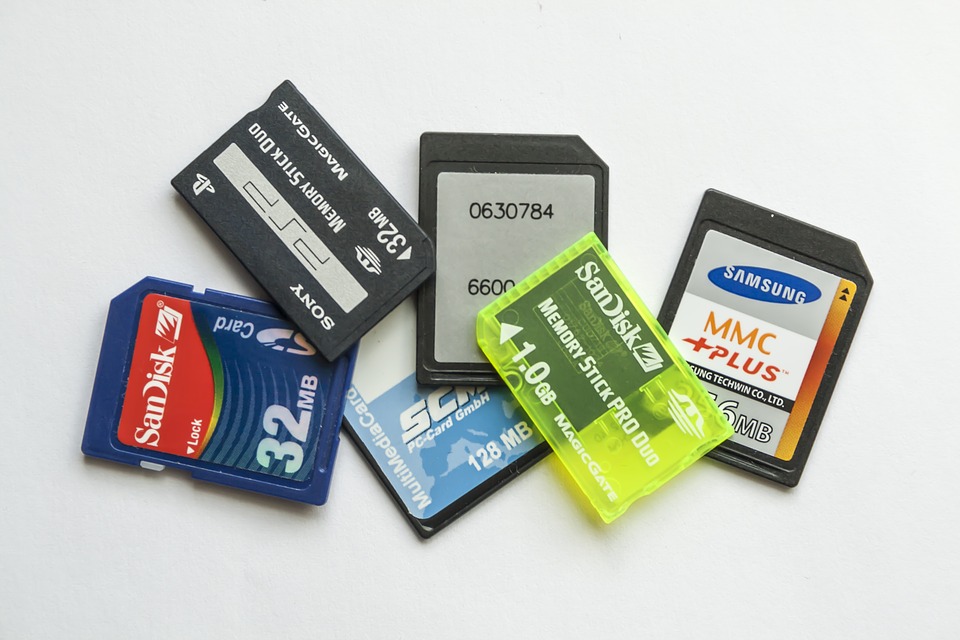
At the end of the day, you can save your photos on the laptop or external hard drive and reformat the memory card to use again. They can also be used for secondary backups. Buy a couple of SD memory card that is compatible with your camera.
-
Carry a memory card reader
In case your laptop does not have a built-in SD card slot, carry a portable memory card reader to transfer files from the camera to the drive.
-
Use built-in GPS camera
A built-in GPS feature in a camera allows you to automatically record a location where you are shooting your pictures or videos. Professional backpackers and travellers love to use this feature as it relieves them from manually tagging the photos location. Though this uses your battery, but then you have battery backup along.
-
Carry weatherproof cameras
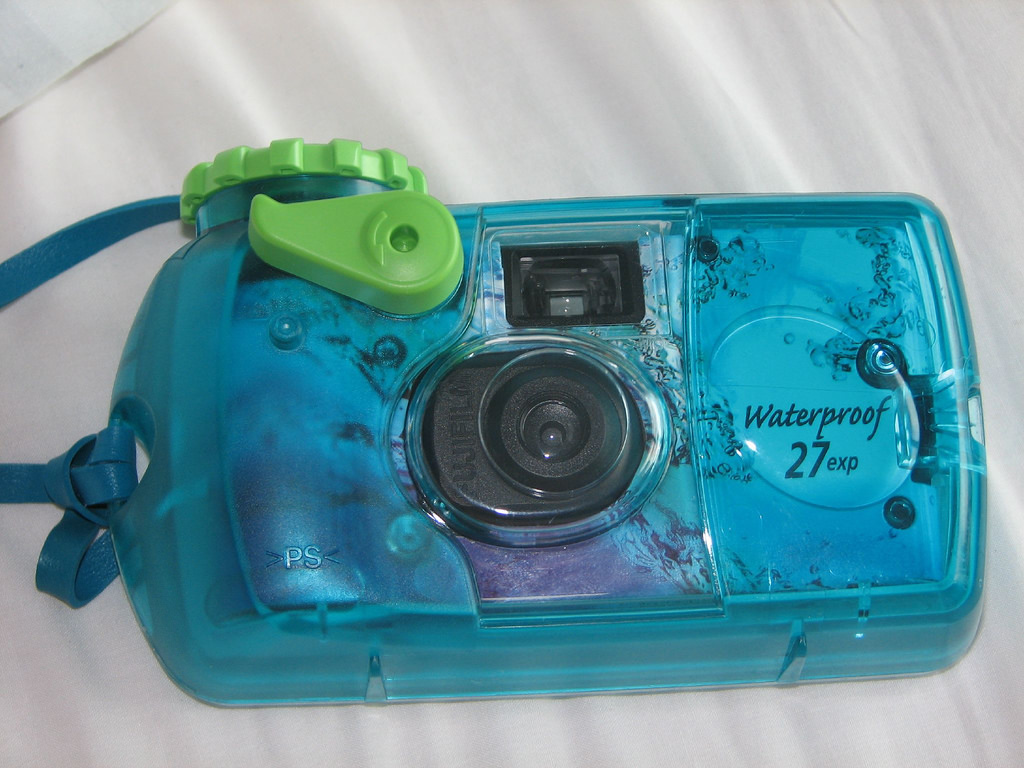 Your camera is a delicate device that needs to be protected from rains, dust, or extreme temperatures. Backpack a camera that is waterproof and dustproof. Although, the decision depends on the trip location planned. For instance, if on a trip to rainforests or sea beach, a waterproof camera is a boon as you can freely take the pictures without worrying about water damaging the camera.
Your camera is a delicate device that needs to be protected from rains, dust, or extreme temperatures. Backpack a camera that is waterproof and dustproof. Although, the decision depends on the trip location planned. For instance, if on a trip to rainforests or sea beach, a waterproof camera is a boon as you can freely take the pictures without worrying about water damaging the camera.
-
Shoot in RAW
A tip by the best backpackers and travel photographers around the world is to shoot in RAW. Unlike JPEG files, RAW pictures are of the highest quality and can be processed anytime without affecting the quality of the photo. Mott in one of his blog recommends shooting RAW, as they can be manipulated more in post-production without sacrificing much on quality.
Backup your photos
Backpacker and travel photographers are most concerned about the safety of all the photos and videos they create during their travel. Matthew Karsten, an adventure travel blogger & photographer, stresses the importance of both physical and online backups of travel pictures. He shares on his blog the travel backup workflow he follows, which includes an external hard drive backup of RAW camera files, online backup of select pictures and online backup of edited photos.
Still, unfortunately, if you lose your pictures or videos due to accidental deletion or formatting of drive, use a photo recovery software trusted by many professional photographers around the world.
-
Use Aperture Priority mode
Travel photoshoots usually include landscapes. To best capture them, it is advisable to use Aperture Priority mode to get a maximum depth of field and sharper foreground and background.
For example, select a small aperture when shooting a waterfall or if a shot is in dim light, open the lens to the maximum aperture to receive ample light for good exposure.
-
Use Circular polariser filter
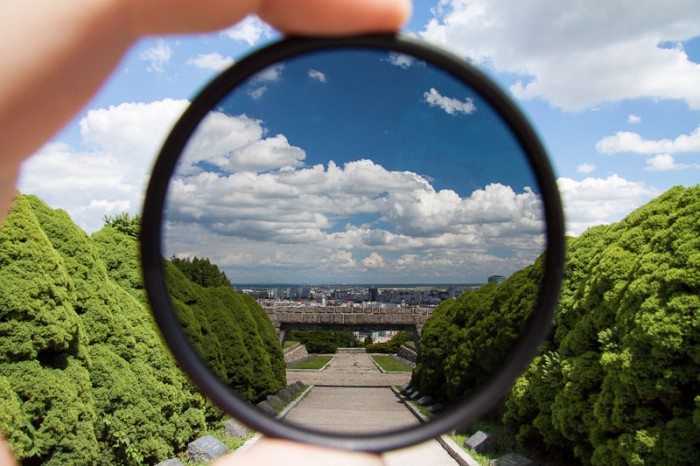 The one camera filter tip by backpackers and travel photographers is never leave without is a circular polariser. It is one of the most used filters by travelers around the world to shoot landscapes and skies giving more contrast and richness to their pictures. Circular polariser filter reduces unnecessary reflections and glares from glass and water surfaces.
The one camera filter tip by backpackers and travel photographers is never leave without is a circular polariser. It is one of the most used filters by travelers around the world to shoot landscapes and skies giving more contrast and richness to their pictures. Circular polariser filter reduces unnecessary reflections and glares from glass and water surfaces.
-
Focus on a subject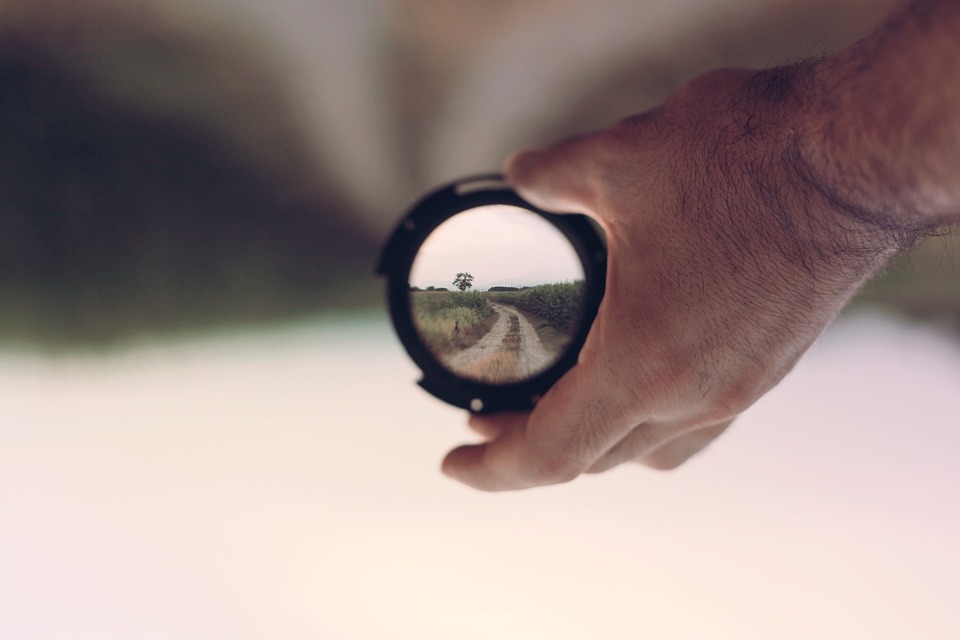
Although a basic tip, but worth mention as a perfect shot can be ruined by a wrong focus. While taking a shot, first select an object you want to draw attention to, set the focus on it and then shoot.
-
Use histograms to review photos
It is difficult to see picture on LCD in very bright or sunny surroundings. In such conditions, use histogram graph to see if your photo exposure and the brightness level is appropriate.
-
Shoot in Manual Mode
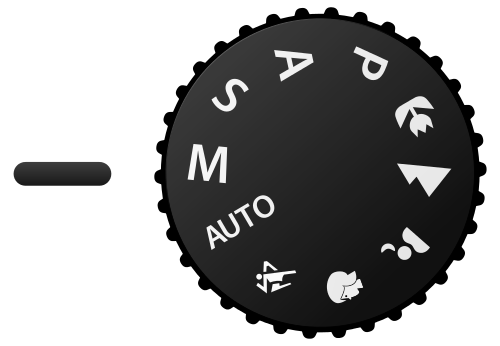 Another most recommended tip by the best backpackers and travel photographers is shooting in manual mode. Mott writes in his blog, ‘Manual mode gives a lot more options creatively, different ways to expose, and push yourself more.’ Shooting in manual mode or semi-automatic mode gives more control over shutter speed, aperture and ISO, thus enhancing your pictures quality drastically.
Another most recommended tip by the best backpackers and travel photographers is shooting in manual mode. Mott writes in his blog, ‘Manual mode gives a lot more options creatively, different ways to expose, and push yourself more.’ Shooting in manual mode or semi-automatic mode gives more control over shutter speed, aperture and ISO, thus enhancing your pictures quality drastically.
20. Get Insurance cover for expensive gadgets
Incidents of broken or stolen cameras, laptop etc., can happen with travelers anywhere across the globe. Travel photographers emphasize on buying an insurance cover for expensive gadgets you carry to minimize the losses, if any. Apart from insurance companies, organizations like the Professional Photographers of America also provide equipment insurance to their members.
21. Experiment! Do not follow fixed photography rules
There is no fixed rule to great photography. Karsten in his blog recommends doing experiments with composition by taking a shot from different angles and distances. He suggests focal compression using zoom lens is another great trick to travel photography. So try experimenting while shooting in the field. You never know which idea can click.
To sum up
The above tips by best backpackers and travel photographers enables you to create hassle-free amazing travel photos. Remember, planning and preparation based on the experiences of professional backpack travelers, is a good start to your travel photography tour.
How did you like the post? Do share your views and backpacking and travel photography experiences with us by leaving a comment in the box below.
Was this article helpful?